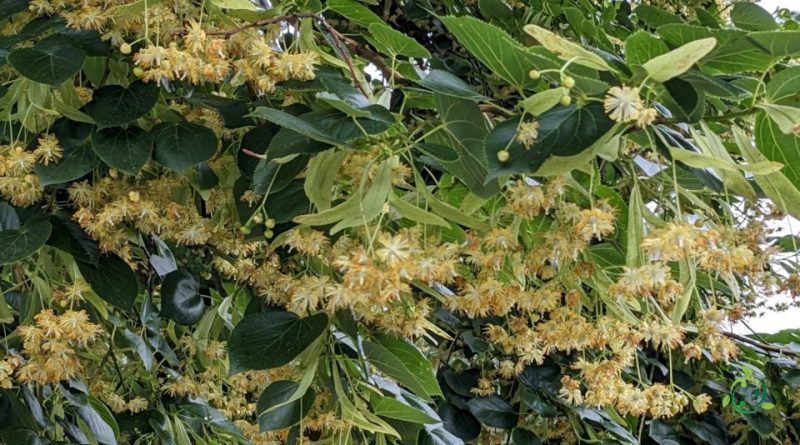Reproduction of silver linden
Reproduction of silver linden
The silver linden or silver lime (Tilia tomentosa Moench) is an arboreal species of the Malvaceae family, native to an area that goes from south-eastern Europe to south-western Asia.
Suitable breeding habitat –
The silver linden is a plant native to south-eastern Europe and Asia Minor, with particular reference to the range of the Carpatho-Danubian region.
This range extends from Romania and the Balkans in the east to western Turkey.
Its habitat is that of deciduous woods, where it grows spontaneously in all the warm regions of Europe, at moderate altitudes.
Propagation –
The silver linden is widely grown as an ornamental tree throughout Europe. It is very tolerant of urban pollution, soil compaction, heat and drought and would make a good street tree in urban areas.
The propagation takes place by seed even if, seen the lack of vitality in some areas, it is advisable to obtain fresh seed which is mature but which has not yet developed a hard integument; in this case it is to be sown immediately in an unheated seedbed.
Under certain climatic conditions, this seed can germinate the following spring.
Stored seeds can be very slow to germinate, as they have a hard coat, embryo dormancy, and a hard coat on the pericarp. All these factors mean that the seed can take up to 8 years to germinate.
One way to shorten this time is to stratify the seed for 5 months at temperatures of 10°C at night, up to 30°C during the day, and then 5 months of cold stratification.
Once formed and become manageable, the young seedlings are placed in individual pots and grown in a greenhouse (for colder climates) for their first winter.
The transplant must be done at the end of spring or at the beginning of summer, in any case after the last expected frosts.
It can also be propagated by suckers. these, once formed, can be removed with as many roots as possible during the dormant season and transplanted immediately.
Ecology –
The silver linden is a plant which, thanks to its resistance to pollution and drought and frost, is much appreciated in street trees and city parks. The wood is suitable for carving, inlay, sculpture, parts of musical instruments and for the creation of various objects.
Furthermore, this plant offers a useful refuge for wildlife and birds who find excellent shelter among its fronds.
An infusion made from the flowers is obtained from this plant which is antispasmodic, diaphoretic and sedative. This may be attributable to the presence of pharmacologically active benzodiazepine receptor ligands.
A widespread belief is that the nectar of this species contains mannose, which can be toxic to some bees. This is incorrect; the sight of numerous comatose bees found on the ground during the flowering period is rather the result of the scarcity of nectar sources in late summer in colder urban areas.

